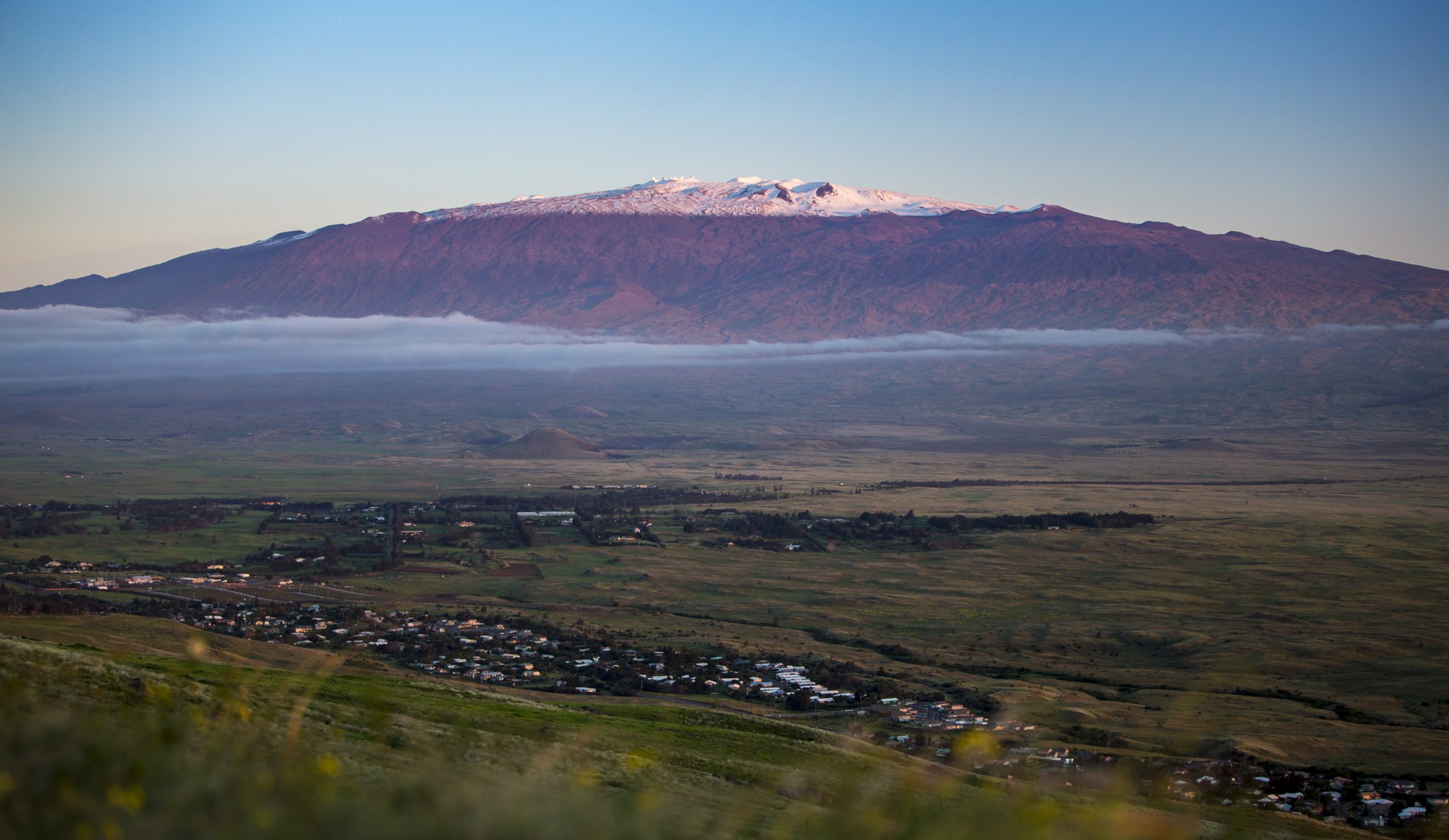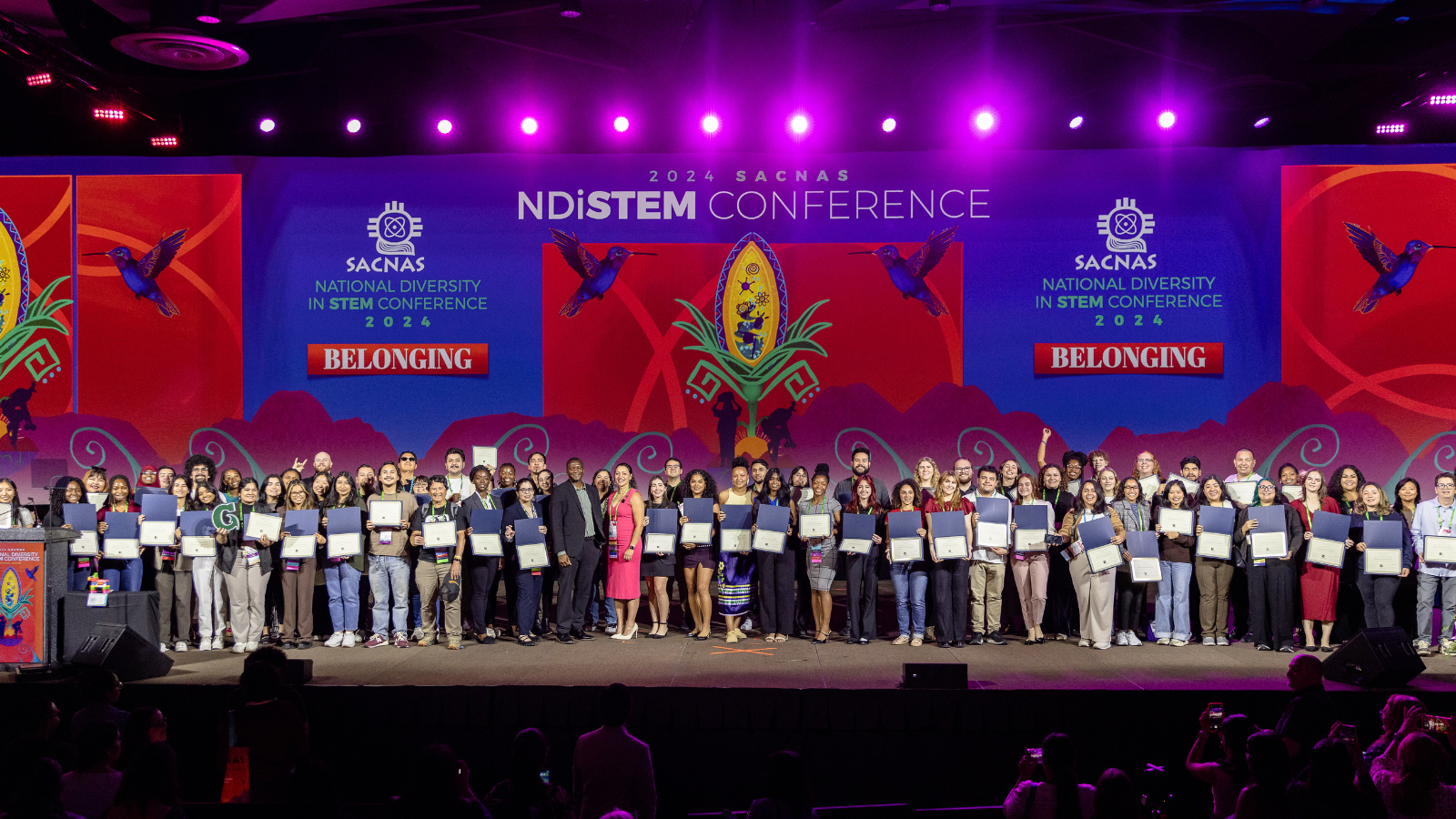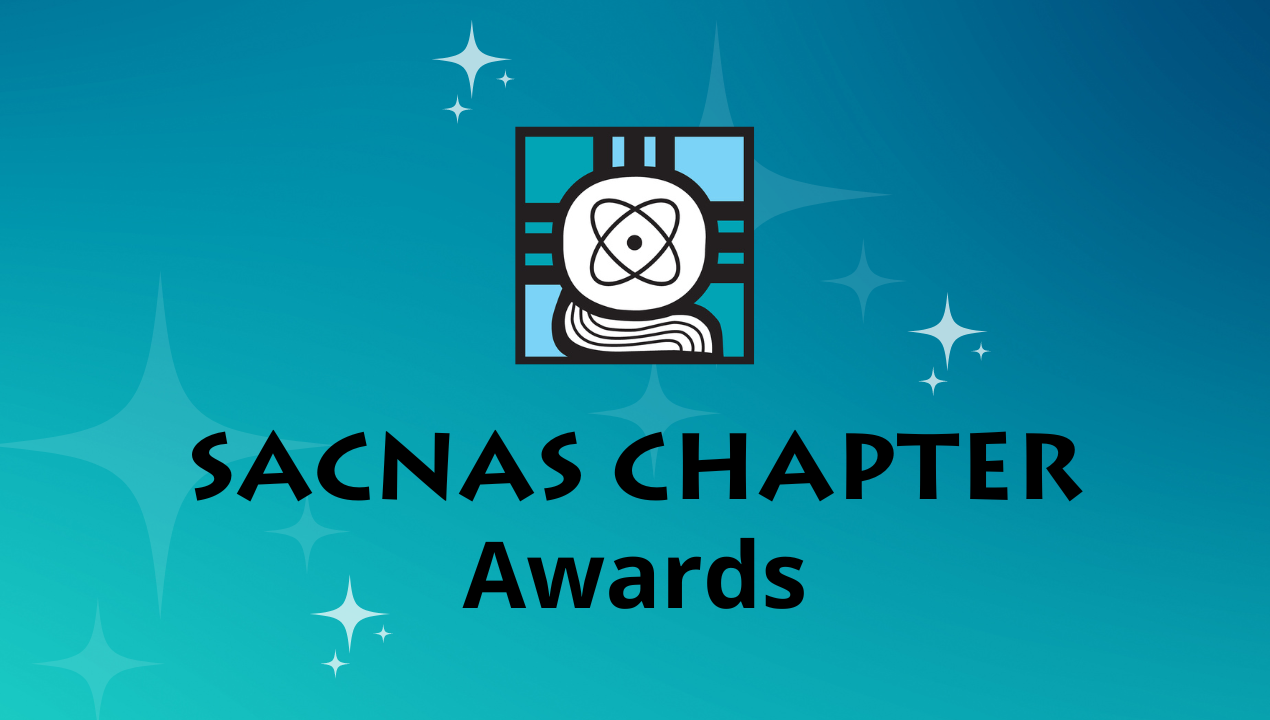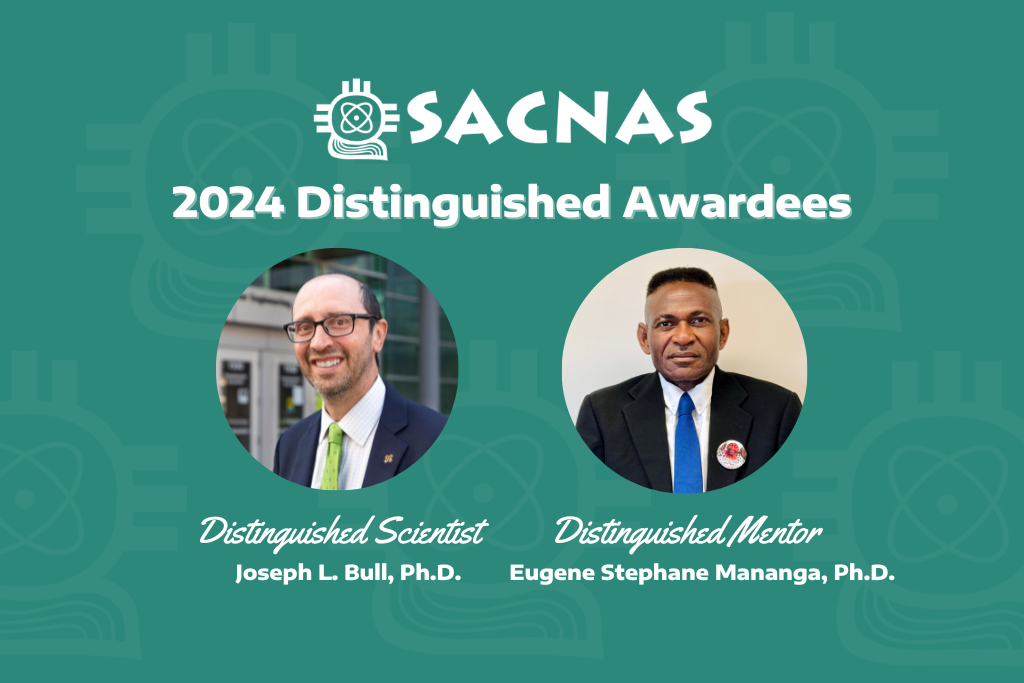Dear Governor Ige and Mayor Kim:
On behalf of the Board of Directors and the Native American Affairs Subcommittee of the Society for Advancement of Chicanos/Hispanics and Native Americans in Science (SACNAS), we urge you to halt the controversial construction of the Thirty Meter Telescope (TMT) on the summit of Mauna Kea.
Mauna Kea is considered the most sacred mountain in the Hawaiian archipelago and the zenith of Native Hawaiian’s ancestral ties to creation. We cannot stress enough how important sacredness is for Native Hawaiians and other indigenous peoples. It is a lived experience of oneness and connectedness with the universe and our ancestors.
We recognize that the TMT project has been a deeply painful, complex, and divisive issue which is symptomatic of the ongoing intergenerational struggle to protect indigenous lands and honor indigenous knowledge systems.
However, we are troubled by the:
• Decades long mismanagement of Mauna Kea
• False dichotomization between science and indigeneity
• Silencing of indigenous voices
• Criminalization of unarmed elders leading the peaceful, organized, and nonviolent protest at the access road leading up to the construction site
Recently, at the invitation of the Native Hawaiian STEM community, we convened 2019 SACNAS — The National Diversity in STEM Conference from October 31 to November 2. Held at the Hawai‘i Convention Center, we brought together 5,100+ attendees and according to Hawai‘i tourism officials’ estimates, infused $23 million into the state’s economy. This was a unique conference centered on science, culture, and community. It was carefully designed not only as a scientifically rigorous forum of idea exchange, but also an empowerment platform to uplift and provide resources for each attendee to continue to pursue their respective STEM pathways. This was the first time the SACNAS conference was held in Hawaiʻi and we were grateful for the opportunity to work in partnership with the Hawaiian and local STEM community, as Hawai‘i is both a wellspring of innovative STEM research and a living legacy to indigenous knowledge.
In the spirit of being honored guests on the island of Oʻahu, SACNAS acknowledges that we visited Hawaiʻi during a very sensitive time for our Native Hawaiian hosts as they work to peacefully protect the land, including their sacred mountain Mauna Kea. In the early stages of planning the SACNAS conference, we quickly realized that we needed to approach the planning process differently because of the unique cultural and social norms in Hawai’i.
We formed a Hawaiian Cultural Advisory Group to provide space for constructive guidance throughout all aspects of the conference. We received several requests to include more formal and informal sessions dedicated to Mauna Kea and Indigenous issues. Accordingly, we supported a member-led space called “Ka Hale No’ono’o Pono” to provide a space for respectful and gracious dialogue about Mauna Kea and the Thirty Meter Telescope. We provided complimentary registration for key Native Hawaiian facilitators who held space for SACNAS conference attendees to learn and process their emotions. We looked deeply, listened, and saw firsthand how the potential construction of TMT has caused significant psychological, spiritual, and emotional harm among the peoples of Hawai’i and the greater SACNAS community.
Our reflection has prompted us to write this letter urging you to stand in solidarity with the kia’i of Mauna Kea and halt the construction of the Thirty Meter Telescope.
This planned telescope is a matter of grave concern because of the detrimental impact on the natural, ecological, environmental, social, cultural, and spiritual resources for Kānaka ´Ōiwi, the indigenous people of Hawai‘i, and greater communities. We do not inherit the earth from our ancestors, we borrow it from our children—we must be careful to use it in their interests as well as our own.
Indigenous people have been continuously subjected to a disregard of our values and beliefs for over 500 years. For this reason, we are taking a stand to prevent further exploitation. Indigenous people have the right to make their own decisions about what happens to our shared future and will always fight to protect land, water, and natural resources from unnecessary and destructive commercial development. We support the kia’i, the protectors, in their stance to stop the continued environmental harm within the Mauna Kea conservation district. Now is the time for state and federal governments to stand with the Native Hawaiian community. We call on you, as government leaders, to safeguard and protect their sacred homeland.
We respectfully recommend that you take the following actions:
1. Halt construction of the TMT and move the project to a location which has near equal conditions and that welcomes the opportunity.
2. Ensure that those who are peacefully protesting be treated with dignity, respect, and remain unharmed.
3. Make an official public statement that recognizes the irreversible damage that would be caused by building an 18-story structure for TMT on a pristine native ecological system in a conservation district.
4. Direct your offices to protect the sacred lands and resources on and near indigenous territories for generations to come.
Moving forward, let us:
— Build true partnerships where indigenous voices and knowledge systems are valued and incorporated throughout the decision-making process. Indigenous people must have seats at the decision-making tables and be fully integrated in all aspects of STEM, as cultural practitioners, consultants, scientists, engineers, business leaders, and policymakers.
— Work together to prevent the exploitation of our traditional homelands and natural resources.
— Collaborate in our vision of supporting the development of diverse scientists and their research in a shared commitment to making scientific discoveries and sustainable solutions that benefit all of humanity.
We invite you to join our commitment to conscious stewardship for our planet as we seek to put into action environmentally sound and culturally appropriate methodologies within our respective scientific disciplines and research for our people, our country, and the world.
We welcome your response and continued discussion.
Sincerely,
Sonia Zárate, PhD, President
Board of Directors
Sonia Zárate, PhD, President
Lino Gonzalez, PhD, Past-President
Corey Garza, PhD, Secretary
Patricia Silveyra, PhD, Treasurer
Diana Azurdia, PhD
Monica Ramirez Basco, PhD
David Burgess, PhD
Healani Chang, DrPH, Native Hawaiian
Martha Dávila-García, PhD
Daniela Flores
Roberta Pokphanh, PhD, Cherokee
Ana Gabriela Vergara
Corey Welch, PhD, Northern Cheyenne
Native American Affairs Sub-Committee
Healani Chang, DrPH, Native Hawaiian, Chair
LeManuel Lee Bitsoi, EdD, Navajo
David Burgess, PhD, Cherokee
Benjamin Clarke, PhD, Grand Portage Anishinaabe
Katrina Claw, PhD, Navajo
Casey Dorr, PhD, Mille Lac Band of Ojibwe
Marigold Linton, PhD, Cahuilla-Cupeno
Clifton Poodry, PhD, Seneca
Nina Wampler, DSc, MPH, Eastern Band of Cherokee
Corey Welch, PhD, Northern Cheyenne
Acknowledgements: In writing this letter we are grateful for the guidance and contributions of Dr. Brittany Kamai and Dr. Lelemia Irvine, members of the 2019 SACNAS Conference Cultural Advisory Group.
ABOUT SACNAS
For over 46 years, SACNAS has served as an inclusive organization dedicated to fostering the success of Chicano/Hispanics & Native Americans, from college students to professionals, in attaining advanced degrees, careers, and positions of leadership within STEM.
Today, SACNAS serves a growing community of over 8,000 active members, 115+ student and professional chapters, and nearly 20,000 supporters and allies throughout the United States and territories. SACNAS influences the STEM diversity movement through STEM outreach & advocacy, promotion of STEM leaders, and The SACNAS National Diversity in STEM Conference. Learn more about SACNAS at sacnas.org, Facebook, or Twitter.



